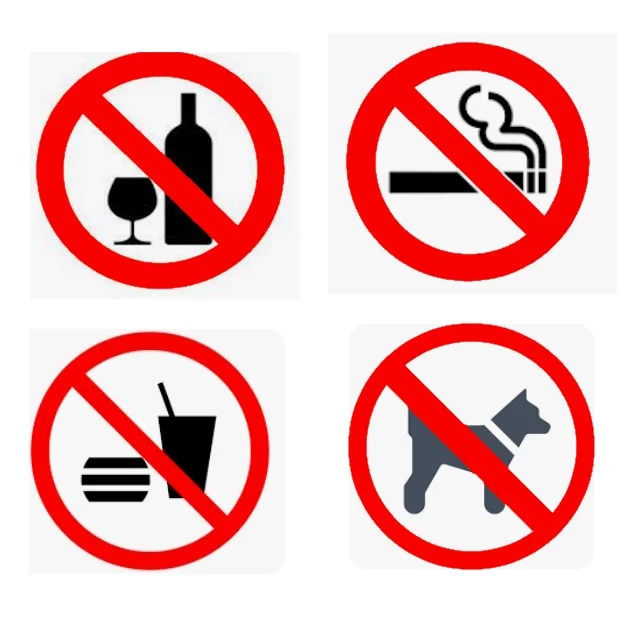Instructions

A company
Every company has a specific organization. At the top is the director. In a large company we call the director CEO and in a small company we call the director director or boss. The director heads various departments, which also have a boss. Then we speak of a department head or a head of a department. Every department has employees. In Dutch these are indicated by a male or female name.
1. Instructions
Your manager (boss, manager) tells you what to do. So the instructions tell you what to do. For example, you must store all boxes with a yellow sticker in a certain place. So that is an instruction. You may receive instructions on what to do each day. You may also receive different instructions from time to time.
instruction = “instructie“



2. Rules
At work you have to deal with rules. Based on these rules, you always know what is important to you. You must always arrive on time and your employment contract also states when you can return home. You are usually not allowed to bring a pet to work. So that is also a rule.
Sometimes the word regulation is used instead of the word rule.
Common rules are:
– it is a regulation that you may only eat in the canteen;
– drinking alcoholic beverages is not permitted at work;
common rule = “regel“
3. Procedures
A procedure is a set of instructions that you must follow. For example: you first have to put the boxes in the right place and then you have to write down in a list how many boxes there are.
The method is then:
1. Save boxes
2. Note the number of boxes
procedure = “procedure“


4. Functions
Is a description of how your work is classified. Examples of functions are:
– seller
– head of department
function = “functie“
5. Task
A task is a description what you have to do. For instance if you are working at a supermarket your task can be: putting articles on the right place.
task= “taak“


1. instruction
2 common rule
3 procedure
4 position
5 task
Learning
Tips for learning
1. Never study for a too long period of time. Studying for a long time usually means that you get way too much information. If you can’t remember that information, you’ll have problems. So never study more than an hour a day.
2. Do the exercises. To learn a language you have to practice a lot. Do all the exercises we give.
3. Repeat. Learning is based on repetition. Only by repeating will you really remember. So don’t make the mistake of rushing through all the lessons. Then you hardly learn anything.
Now we’re really going to start!
